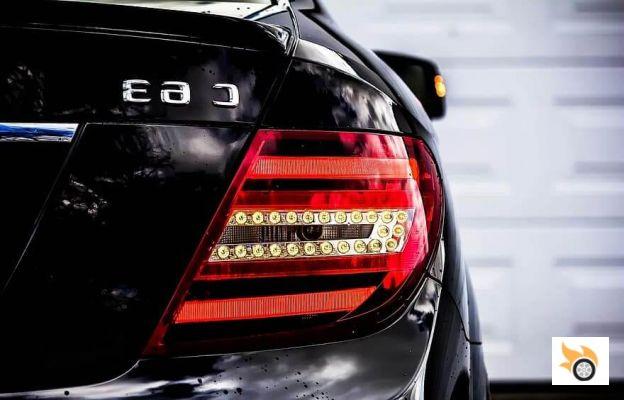
What is car polish?
Car polish is a chemical product that is used to polish and remove small imperfections on the surface of the car body. These imperfections are usually light scratches, polish marks, oxidation marks or stubborn dirt that needs to be removed.
The basic principle of car polishing, similar to abrasive paste, is the use of a chemical to remove a damaged layer of the bodywork. This removes the layer with its imperfections and restores the appearance, in terms of colour and shine, similar to the undamaged area.
Car polish is usually sold in liquid form and with different levels of abrasive power.
What is the best car polish?
There are different types of car polish and each is suitable for a different use. There are some that serve purely to preserve and beautify the bodywork while others have a more repairing function.
So let's see what the different types of car polish are:
- Polishing polish - is car polish with just the right abrasive power, suitable for polishing used car bodies and metal parts. Be careful not to use it on unpainted plastics as it could leave scratches and marks.
- Renewing the polish:
- Quick polish - is an easy to use car polish and, as the name suggests, does not require an overly long polishing procedure. It can be easily applied by hand and is suitable for show cars due to the mirror effect it gives.
- Super finishing polish - this type of car polish is very suitable for cars exposed to the elements as it creates a more effective protective effect than other polishes.
- Silicone-free polish - as there is no silicone, this is the ideal car polish in case you need to apply an extra coat of paint or other treatments to the car.
How to use car polish?
Regardless of the type of car polish you have, the technique of use is almost identical. Remember that you should never apply car polish to hot bodywork. If possible, it is best to apply car polish out of the sun so that the product can work in the best conditions and get the best result.
To use the automatic polish, start by shakingthe bottle well to put the abrasive particles in suspension and remove any possible lumps of polish. If you have an electric polisher apply the polish directly on the pad, if you do the work by hand apply the polish on the wadding or cloth you have. Apply the polish without applying too much pressure and in a circular motion.
Let the polish dry until a white layer forms on the bodywork. Then finish the job with a clean microfiber cloth removing all the dried product.
How to polish the car?
Sometimes we are asked how to polish the car to get the best results. The answer is very simple.
The best results are obtained by passing the car polish in circular movements applying pressure with all the fingers and not only with the tip of them. This way the abrasive surface is larger and you avoid cutting too much in certain places.
Another tip that is as trivial as it is useful is to remove any metal rings or bracelets you are wearing. Unfortunately it can slip and scratch the whole bodywork making the job useless.
How do you choose car polish?
To choose the best car polish it is important to know what you want to achieve: a mirror polish effect or the removal of some imperfections?
As with all aspects of the car, before doing any damage it is useful to ask questions and seek expert advice.
Which colours require more attention with car polishing?
Regardless of the colour of the bodywork, car polishing should be used with care to avoid damaging and scratching the top layer of the bodywork. This is even more important if a very abrasive polish is used.
That said, cars with black or very dark bodywork are even more delicate than cars with light bodywork. This is because much more signs of dullness and small imperfections can be noticed on black.


























